Blog
Wildest Animal
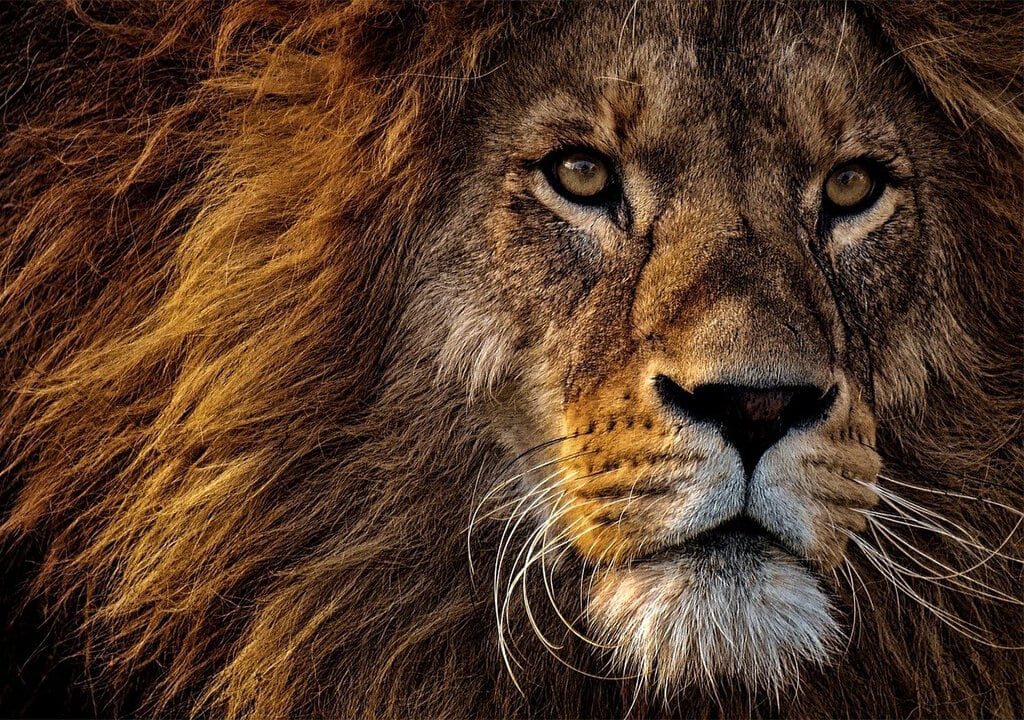
Our animalfriends may be cute and docile, but they can also be the fiercest of predators. This situation, which is considered quite natural in its natural environment, can endanger city life. That’s why we can’t fall in love with our animal friends, known as predators, outside of documentaries and zoos.
Of course, that doesn’t stop us from loving and admiring them. While the animal world contains cute and beautiful creatures, some of them can actually turn into killing machines. Some may look like glamorous furry creatures, but in reality they are one of nature’s best killers.
What Is The Wildest Animal?
Among the dangerous animals found in the world, the most prominent is the box jellyfish. When you research which is the wildest animal, it will be one of the first ones you come across. This jellyfish is very poisonous and can kill a human in 90 minutes.

What Is The Wildest Animal?
Wild animal; It is the name given to living things that escape from people, that people do not live, that have the ability to get out of people and plants.
In this sense, when we research what is the wildest animal, we will come across many animals. Brown bear, fox, lynx etc. It can be duplicated. The wildest animal occupies an important place in the wilderness and constitutes the wilderness. They can also be called the wild animal species that humans are most vulnerable to.
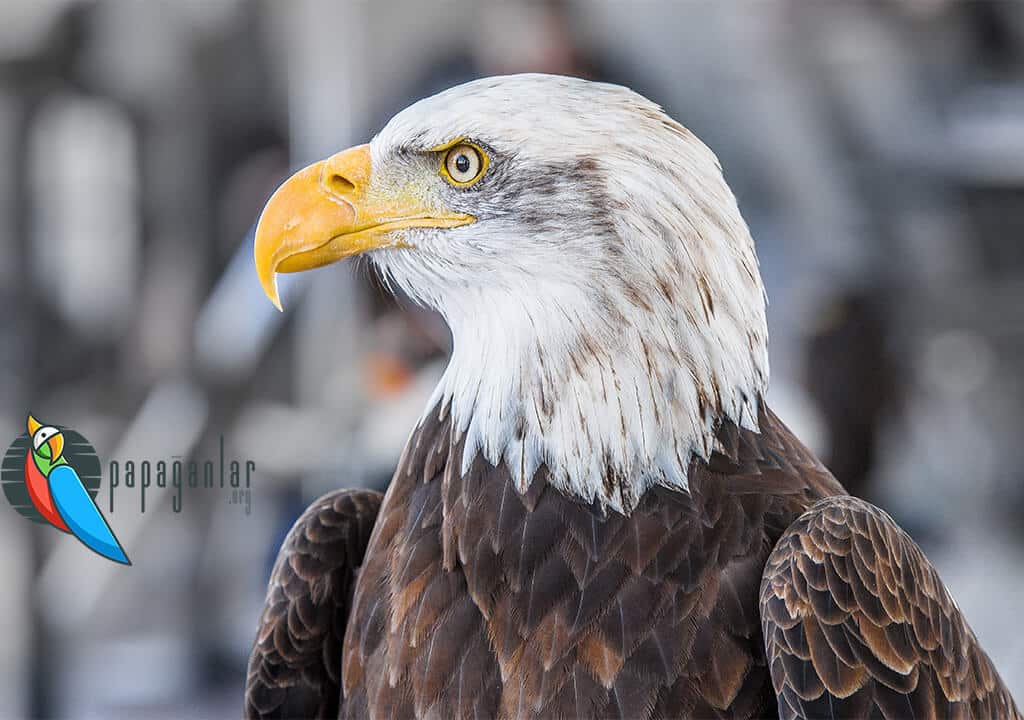
Wildest Animal Names
Many of us have fears about many different animals. But the world’s scariest and wildest animals have features that will give most people the same chills. Here are the wildest animal names for you:
White sharks, crocodiles, cobra snakes, black mamba, North American we bear, black widow, lions, Piranha, tiger, rattlesnake, scorpion, Bull shark, wolf, Japanese wasp, African killer honey bee, Komodo dragon, tiger dog fish, gorilla, cougar, goblin shark, jellyfish, polar bear, centipede, moccasin, green anaconda, flank, Irukandji Jellyfish, Arctic badger, leopard, Alaskan brown bear, jaguar, Atlantic wolffish, botfly, Brazilian wandering spider, candiru, eastern brown snake, deer tick, gharial, lampreys, Tasmanian devil, netted python, African rock python, spitting cobra, common cobra, Russell’s Viper, tsetse fly, swelling viper, yellow scorpion, blue-ringed octopus, poison dart frog, is a blowfish.
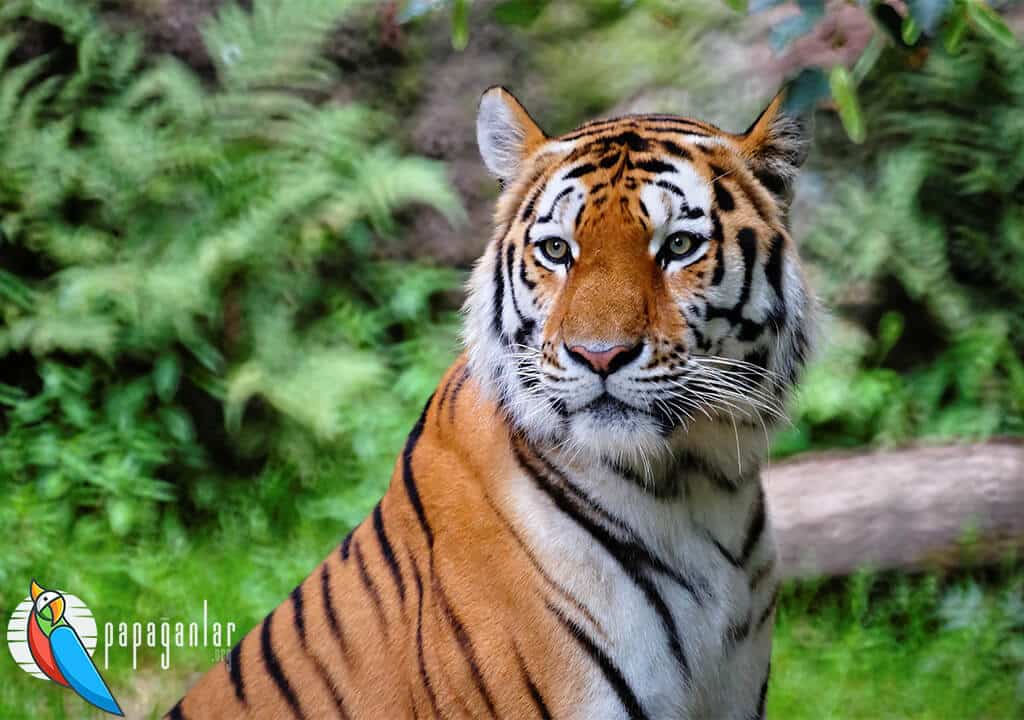
The Wildest Animal Attacks
Animal attacks can cause great harm and even death to humans. The wildest animal attackscan be listed as follows; Snake bite attack: An injury caused by a snake bite. Snakes often bite their prey, although rare, they often bite humans for defensive purposes. Most snakes are non-venomous and usually kill their prey without using venom. However, venomous snakes are found on every continent except Antarctica.
Stonefish attack: When it comes to the wildest animal, we should not forget the stonefish. It takes its name from its stone appearance because it camouflages it against the backdrop of tropical waters. Their habitat is usually coral reefs in the Indian and Pacific Oceans. It injects venom with spines on its dorsal fin. The first person who accidentally stepped on the fighting fish experienced the effects of the poison with pain and burning sensation; These feelings are then accompanied by shocks and jolts. Without treatment, death is inevitable.
Spider bite attack: this wildest animal, which has even been the subject of movies, is dangerously dangerous. It is an injury that occurs when a spider bites other creatures than its prey and can lead to serious medical complications. Victims are usually people and pets. Half of all spiders encountered in daily life have chelicerae strong enough to call human skin. Although up to 99 stings are harmless, rarely symptoms can range from necrotic ulcers to systemic toxicity and, in some cases, death. There are four breeds known to cause deadly bites.
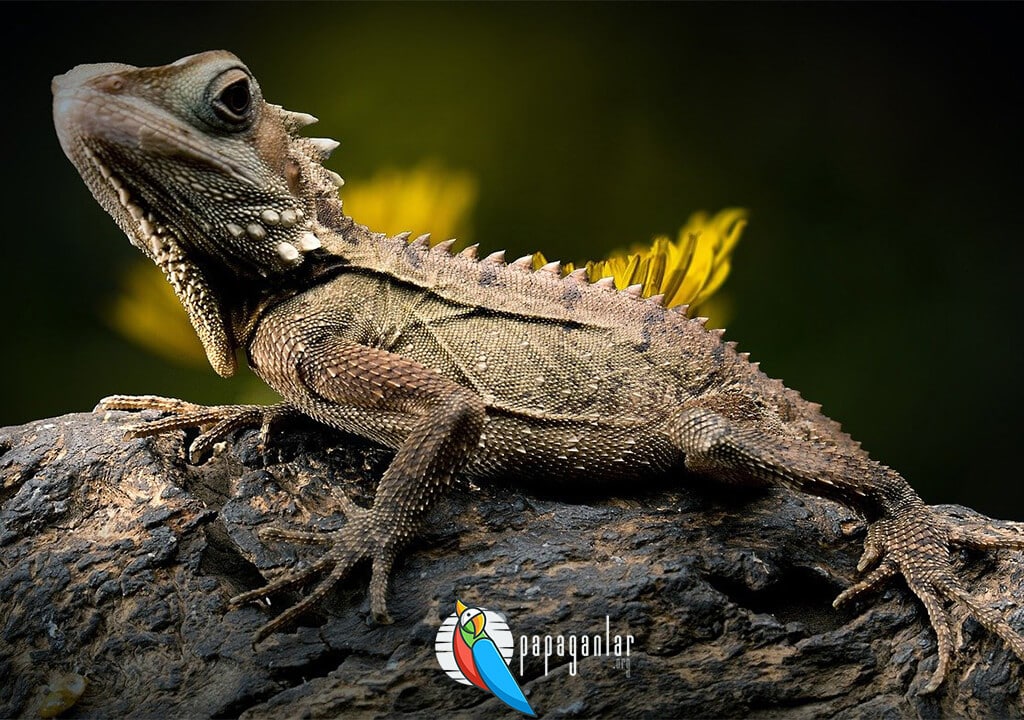
Wildest Animal Documentary
Today, many documentaries have been shot in the field of the wildest animal documentary. Very successful and admirable work has emerged. Best Nature and Animal Documentaries: in pursuit of the wilderness. The documentary that comes to mind when the documentary cliché is mentioned, has taken a very different form over the years and has become at least as interesting as science fiction. Here are the most fascinating wild animal and wildlife documentaries of recent years, which you can learn a lot about and watch with curiosity, both about nature and the animal kingdom:
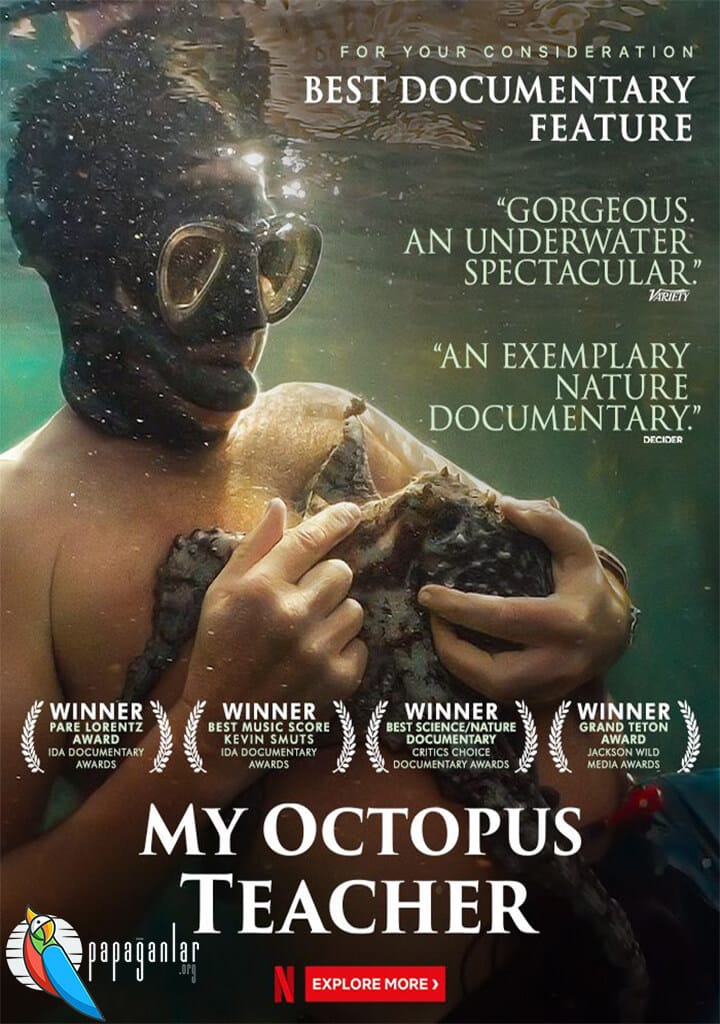
- My Octopus Teacher | 2020
My octopus teacher, we see the movie in the first place as the wildest animal documentary. In its deep sea off the coast of South Africa, it reveals the emotional dimensions of the relationship between man and nature, and some very interesting images of marine wildlife. Craig Foster, who dives into the cool waters of the ocean from the shore of her house every day, begins to examine an octopus that she encounters and visits every day. The secrets her trusty octopus reveals to her, what she teaches, and her relationship with her will touch both her hut and her soul.

- David Attenborough: A Life on Our Planet | 2020
Although not directly related to wildlife, this must-see documentary about David Attenborough, who has made hundreds of nature documentaries throughout her career, is said to be the first name that comes to mind when nature documentaries are mentioned. Alien. David Attenborough: A Life on Our Planet is based on the career and observations of a natural historian and broadcaster who traveled all over the world and had the opportunity to set foot in many countries thanks to the documentaries she starred in. The nooks and crannies of nature that haven’t seen the light of day yet. The documentary tells about her experiences in the relationship between human and nature and the messages she wants to convey to future generations.

- Our Planet | 2019
Netflix raised the bar for wildlife documentaries with Our Planet. The 8-episode documentary series, the first season of which was broadcast in 2019, does not only reveal the beauty and wonder of our world and animal kingdom. It also focuses on human damage to nature and the impact of climate change on animals. From the depths of the ocean to the rainforest, from the valleys under the snow to the parched savanna, you will find the struggle of hundreds of animals in this series voiced by David Attenborough.
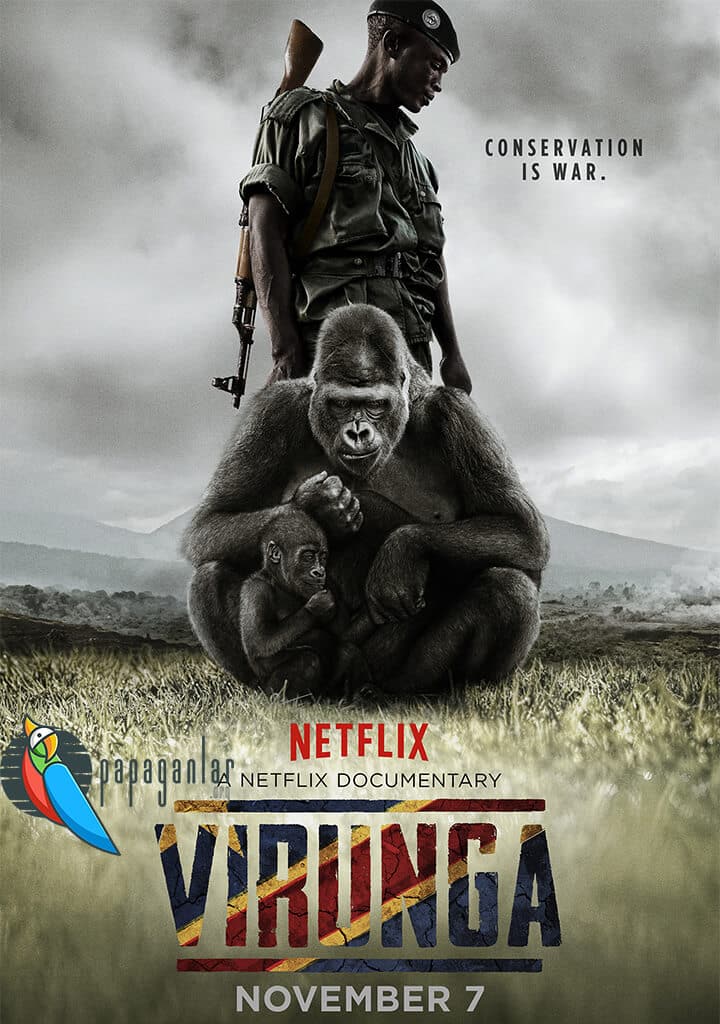
- Virunga | 2014
This Netflix documentary chronicles the history of Virunga National Park in Congo as endangered mountain gorillas are endangered in the wild and devastated by various resource extraction. Forest facing. The inspiring story of a group of armed forces defiant activists trying to protect and save the park and its gorillas is fascinating.
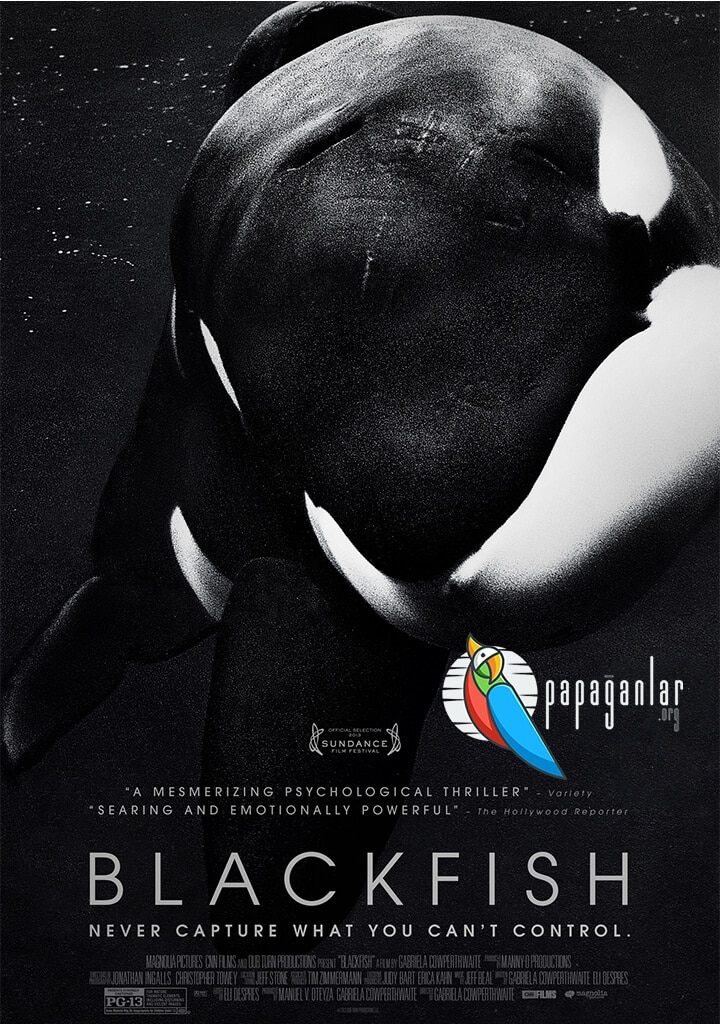
- Blackfish | 2013
Blackfish, which deals with the hellish lives of killer whales held in captivity in amusement parks in many parts of the world, including the United States, examines this crime against nature as “in some cases, mentally disturbed whales kill or injure their trainers.”
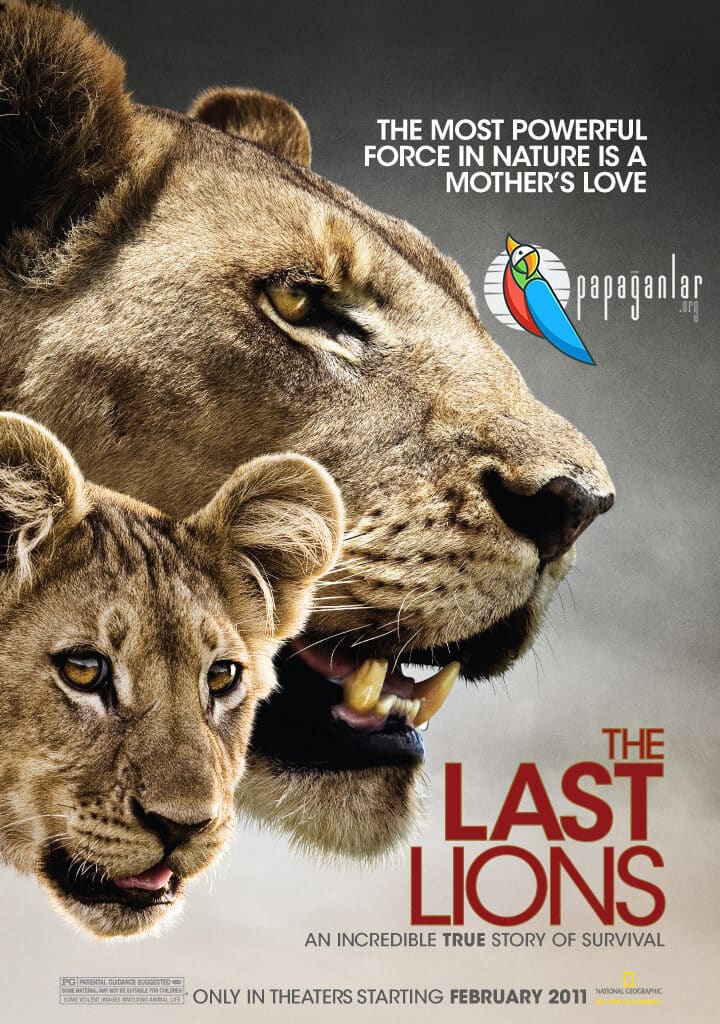
- The Last Lions | 2011
While 50 years ago there were more than half a million lions in Africa, today this number is around 20,000. Shot by Degreek and Beverly Joubert, two travelers and researchers who have worked for National Geographic for many years, this documentary explores the causes of this dire situation and environmental problem and challenges the capitalist causes behind it.
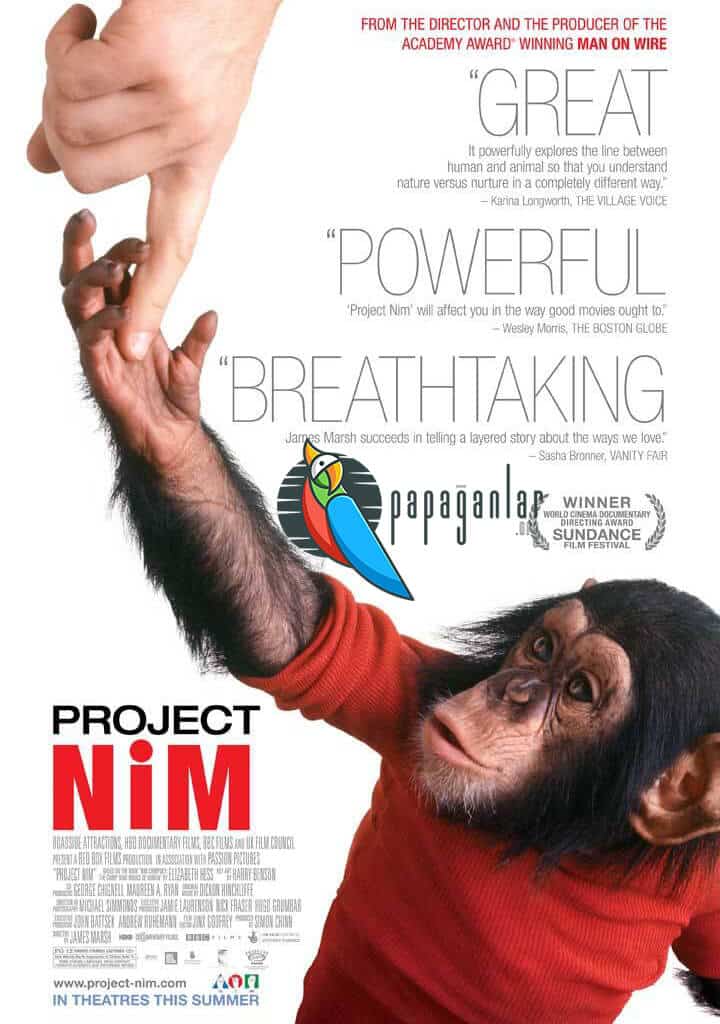
- Project Nim | 2011
From the Oscar-winning director and producer of Man on Wire, this documentary focuses on emotional commitment to the elaborate 1970s Project Nim experiment that transcended the boundaries of scientific research and became reality. The story of Nim the chimpanzee and her trainer, whose language skills and ability to communicate with people are tested, emerged in the same year as Rise of the Planet of the Apes and further strengthened the Film effect!
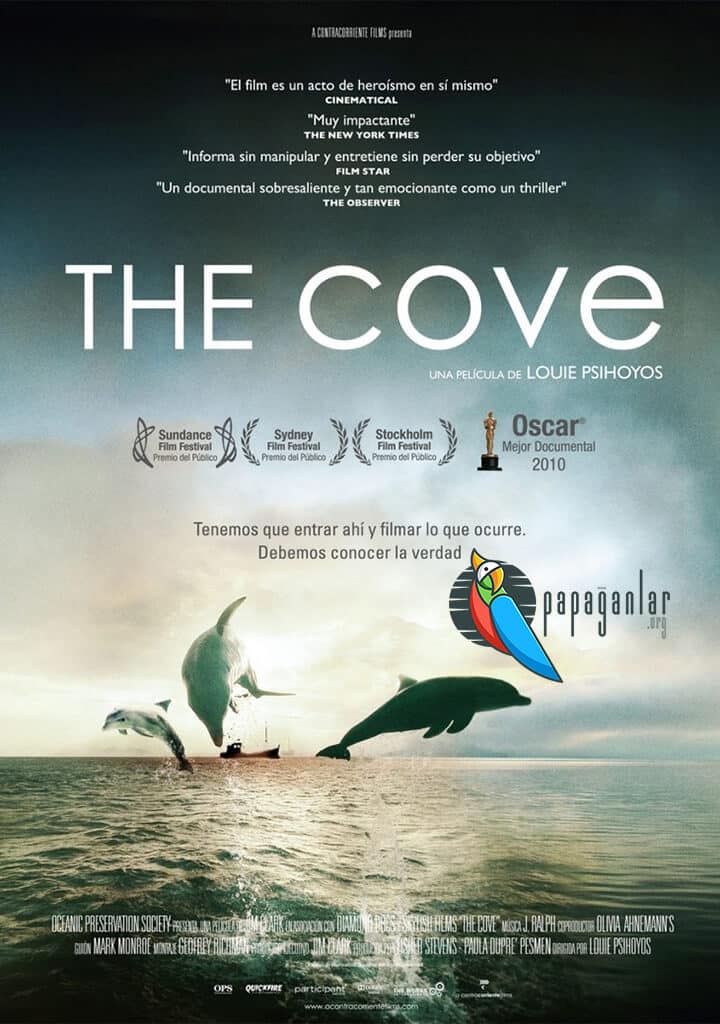
- The Cove | 2009
The Cove is one of the best wildlife documentaries of recent years, with real-life action action and a heist-like plot. Unfortunately, he shares some of his success in a disturbing and heartbreaking carnage; It is about a group of activists who aim to regularly monitor dolphin hunting/killing every year in a bay near Taiji in Japan.
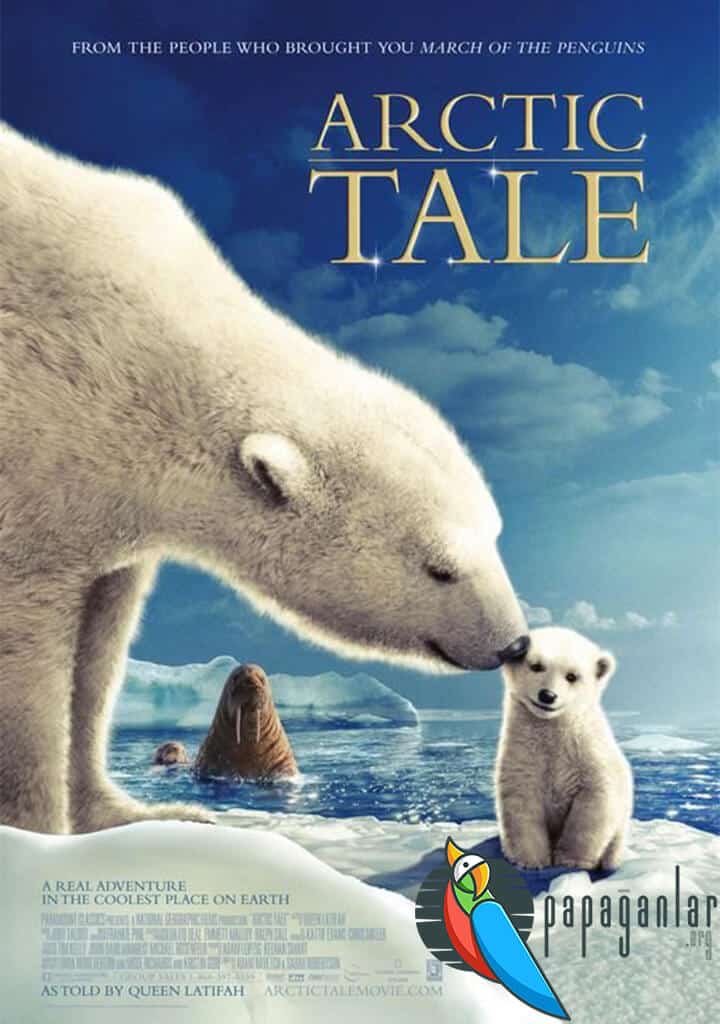
- Arctic Tale | 2007
Fully revealing the natural life of the Arctic, this adorable animal documentary takes viewers to the world of polar bears and walruses.
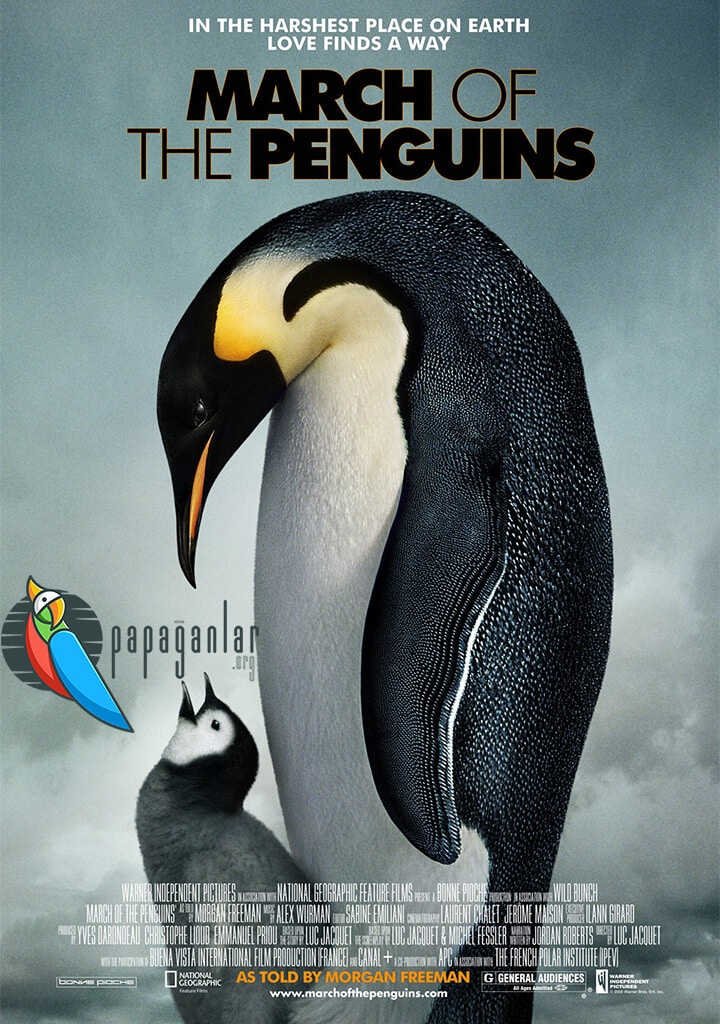
- La marche de l’empereur (March of the Penguins) | 2005
The French Oscar-winning documentary presents the lives, mating rituals and life cycles of Antarctic penguins in Antarctica, accompanied by fascinating images and “personal” stories.
Grizzly Man | 2005
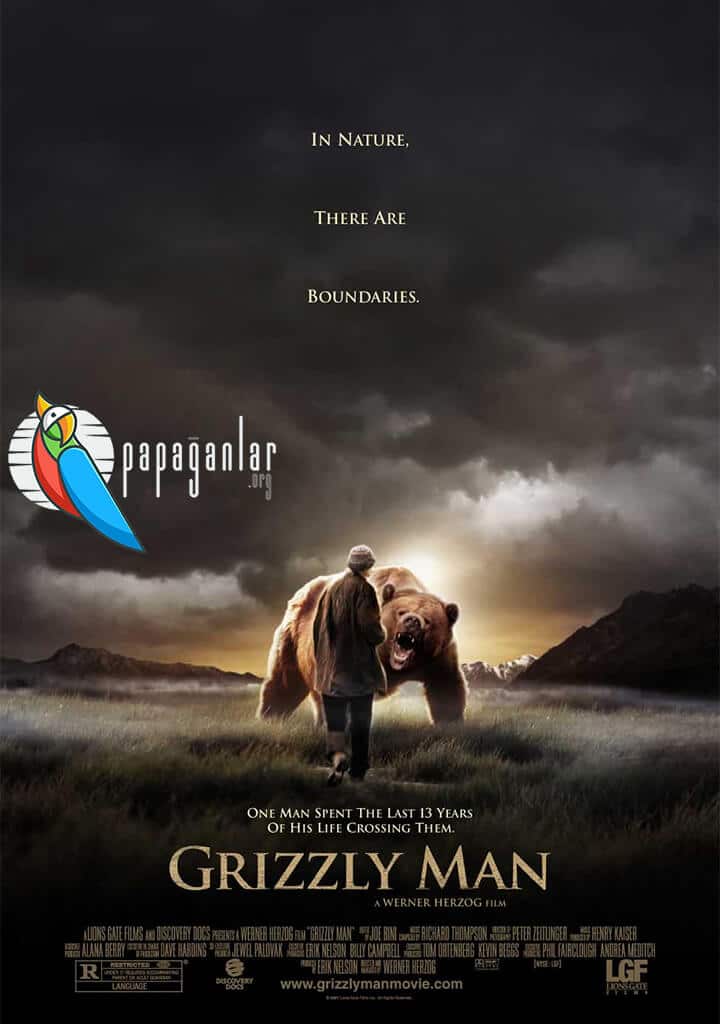
- Grizzly Man | 2005
Veteran German director Wener Herzog’s documentary tells the story of Timothy Treadwell, who devoted most of her life to grizzly bear activities but was ironically killed by a grizzly bear. Alaska’s wilderness and natural life laws, on the other hand, is a sad biography.
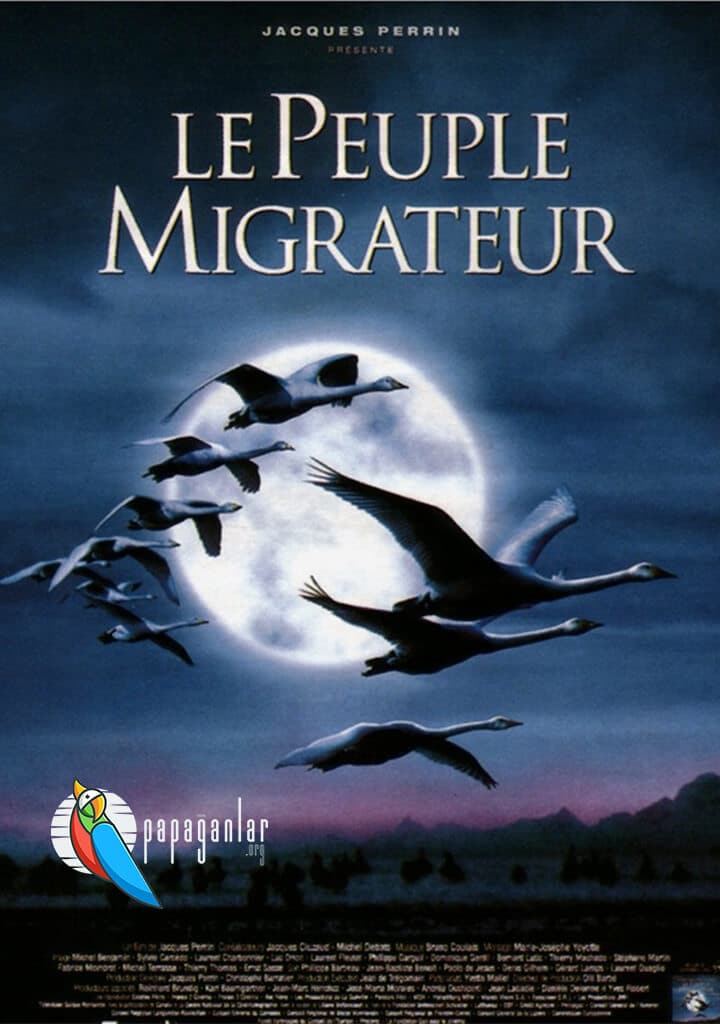
- Le peuple migrateur (Winged Migration) | 2001
Nature’s magnificent mathematics is everywhere we look; The systematic study of the migration routes of birds is one of them. Featuring the most surprising footage of any animal documentary, this documentary explores the nomadic world of birds after three years of filming on seven continents.

- Microcosmos | 1996
If you saw it by accident as a kid on TV, or at least in science class, you will definitely be fascinated by the fascinating world of insects. Bees take nectar from flowers, feed ladybugs, pair of snails, spiders weave webs and moreover, it is like a journey through space with Microcosm.
World’s Wildest Animals
The creatures that keep up with the wild nature have become wild because they are far from humans. There are wild animals in many parts of the world. The wildest animals in the world can be listed as follows:
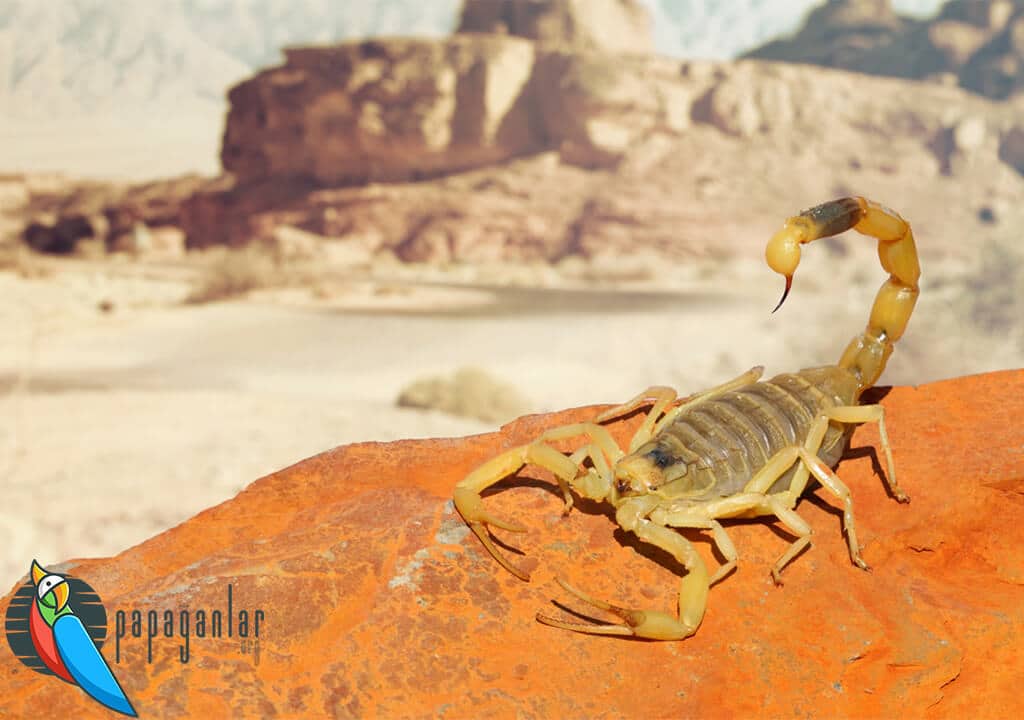
- Akrep / The Deathstalker
This scorpion species, which is among the wildest animals in the world and known as the “Death Hunter”, is responsible for 75% of scorpion-related deaths, especially in North Africa and the Middle East. It is one of the most venomous scorpions in the world. It is one of the two deadly scorpion species found in Turkey. Its venom is twice as strong as that of another deadly species, the black scorpion (Androctonus crassicauda).
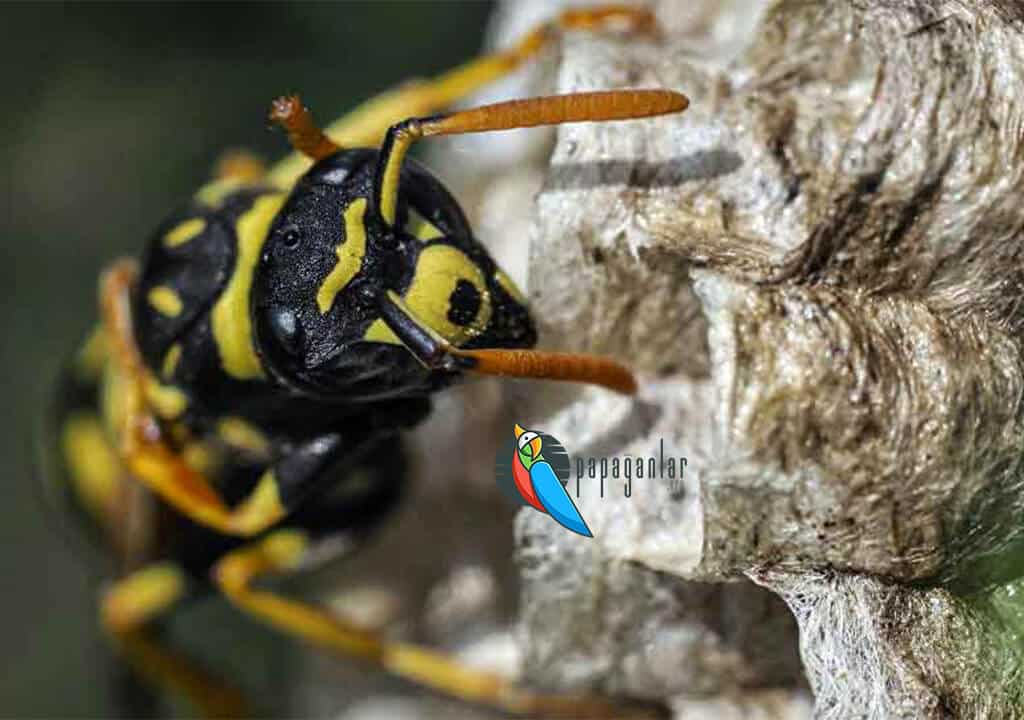
- African Killer Honey Bees
African killer honey bees, although seemingly harmless, are the wildest animals. It was produced in the 1950s by crossing Western honey bees (Apis mellifera) with African honey bees (Apis mellifera scutellata) to increase honey production in Brazil. But in 1957, 26 hives escaped from the lab and were released into the wild. Within a few years they spread to Brazil, in the 1980s to South and Central America, and in 1985 to North America. The name of the poison they release is a chemical called “meletin”. Phospholipase A2 in the mix is a chemical that can harm human tissue. The chemical rapidly disrupts the kidneys and if not intervened immediately, the attack will result in the death of the person.
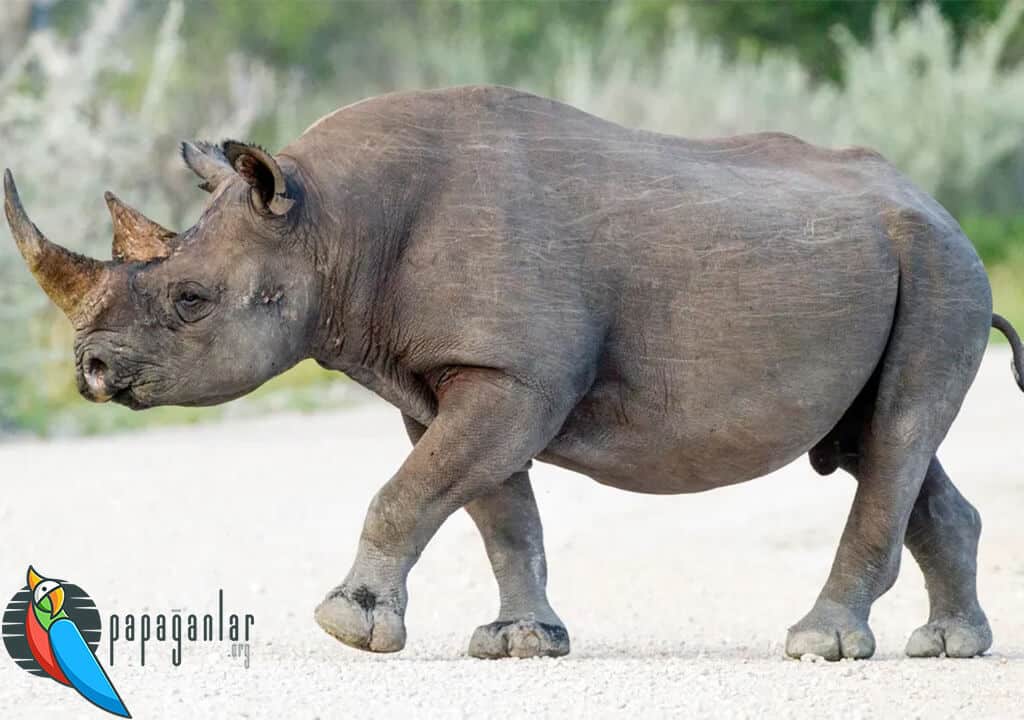
- Rhino
It is one of the largest land animals in the world after verbs. Despite its large size, it is not bulky. While running, it can reach a speed of about 45 km / h. An angry rhino can be deadly to humans. In particular, the single horn on the front of the head, above the nose, can be injurious and deadly. Because of this feature, we can show it in the wildest animal category.

- cone snails
They live in Australia, Asia-Pacific and Indonesia. During the day they hide in the sand, at night they wander in the water to hunt. She carries a needle containing 200 different poisons on her hooks. They are about the size of a hand. This carnivorous mollusk usually feeds on fish. Their poison kills a person in just 5-15 minutes.
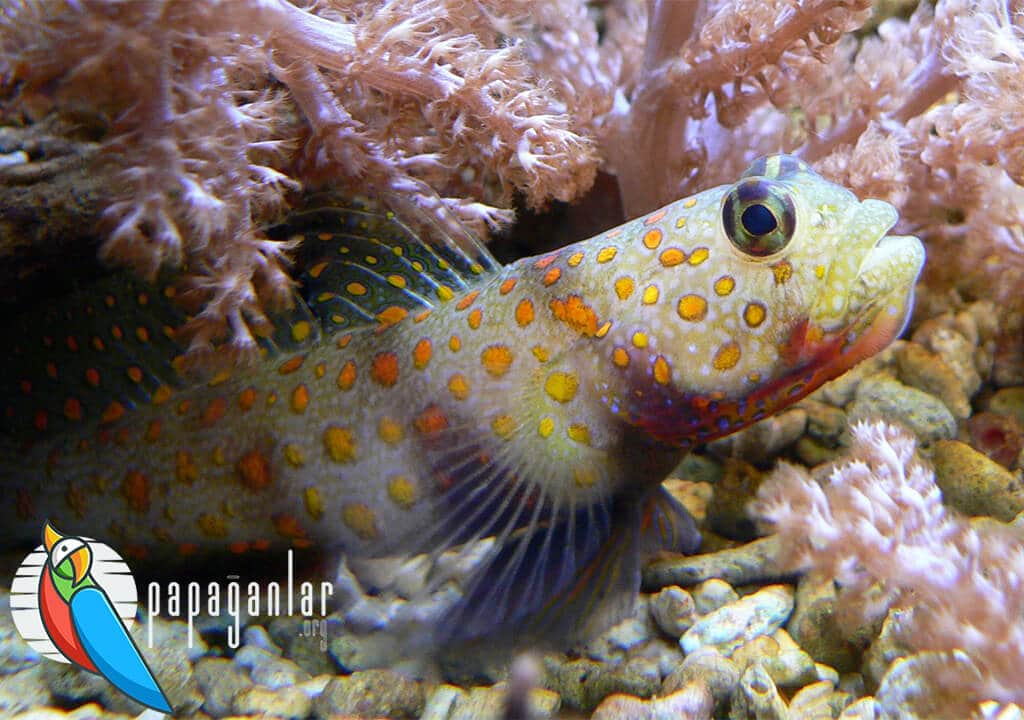
- Rock Fish
Among the wildest animals in the world, the fish, also known as the “World’s most poisonous fish”, is easier to take a part of your body for this deadly animal.
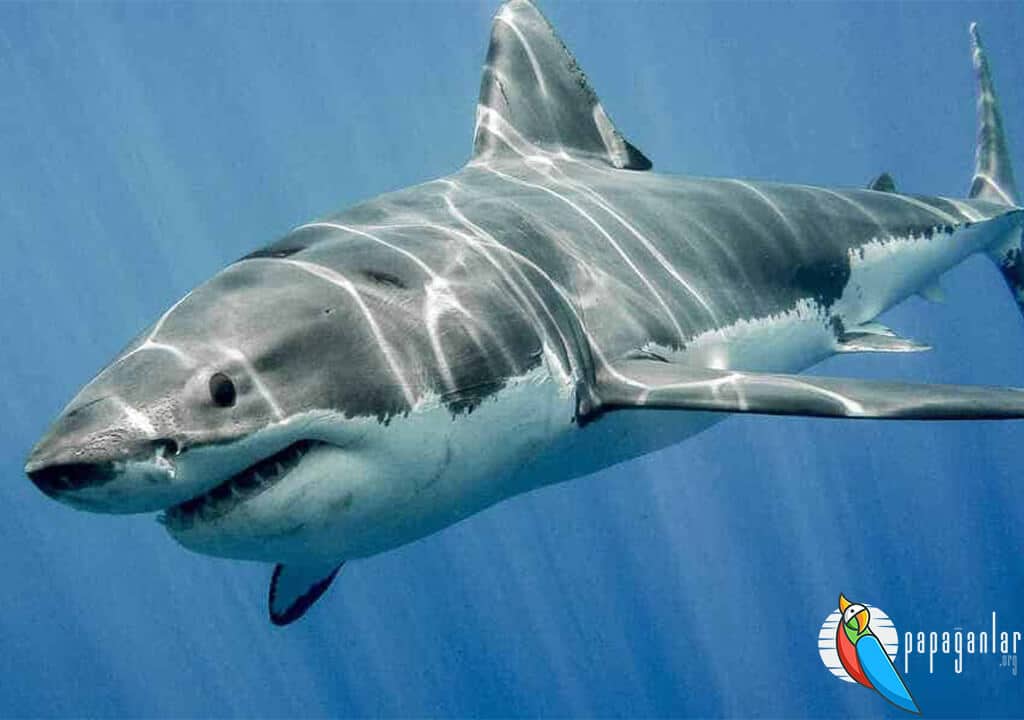
- great white shark
It is found in the temperate seas of the world, including the Mediterranean, Aegean and Marmara coasts of Turkey. In some sources, it is said that it is also found in the Black Sea. Whales, dolphins, other sharks, sea beavers, seals, penguins, tuna are their favorite foods. It kills at least 10 people each year.
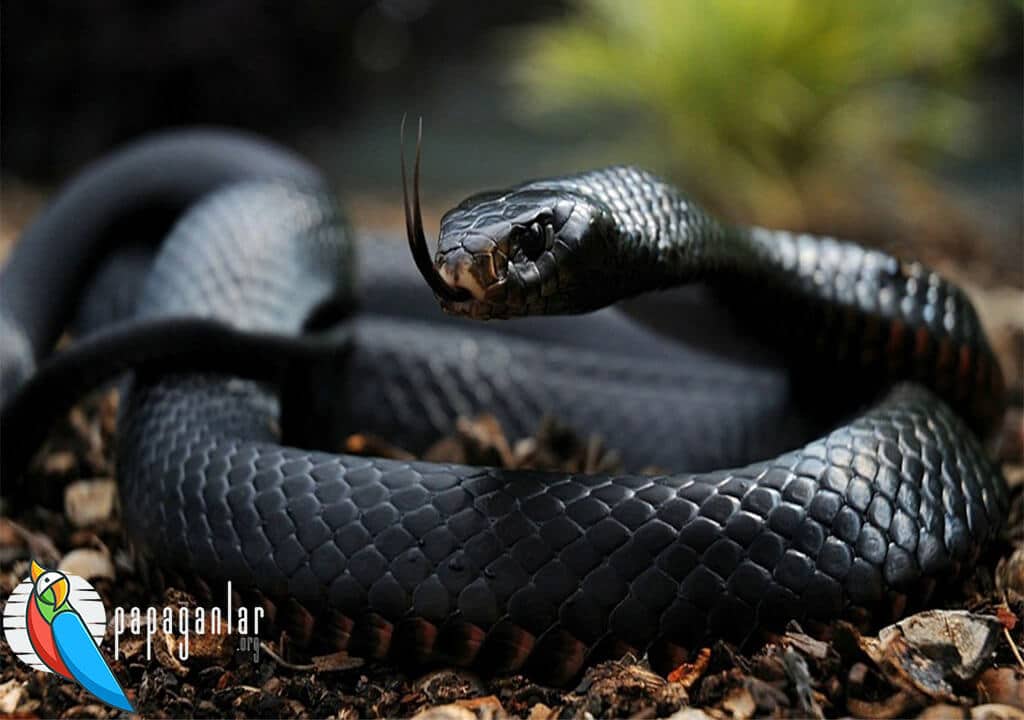
- Black Mamba
A very aggressive and venomous snake. It is native to Africa and is the second longest venomous snake in the world. The average length of adult black mambas is about 2.5 meters. Their largest size can be up to about 4.5 meters. Black mambas get their name not from their olive-green body color, but from the blackness of the inside of their mouths. If bitten on a person’s finger, the venom will kill in four hours, but a bite to the face or chest can kill a person in 20 minutes.
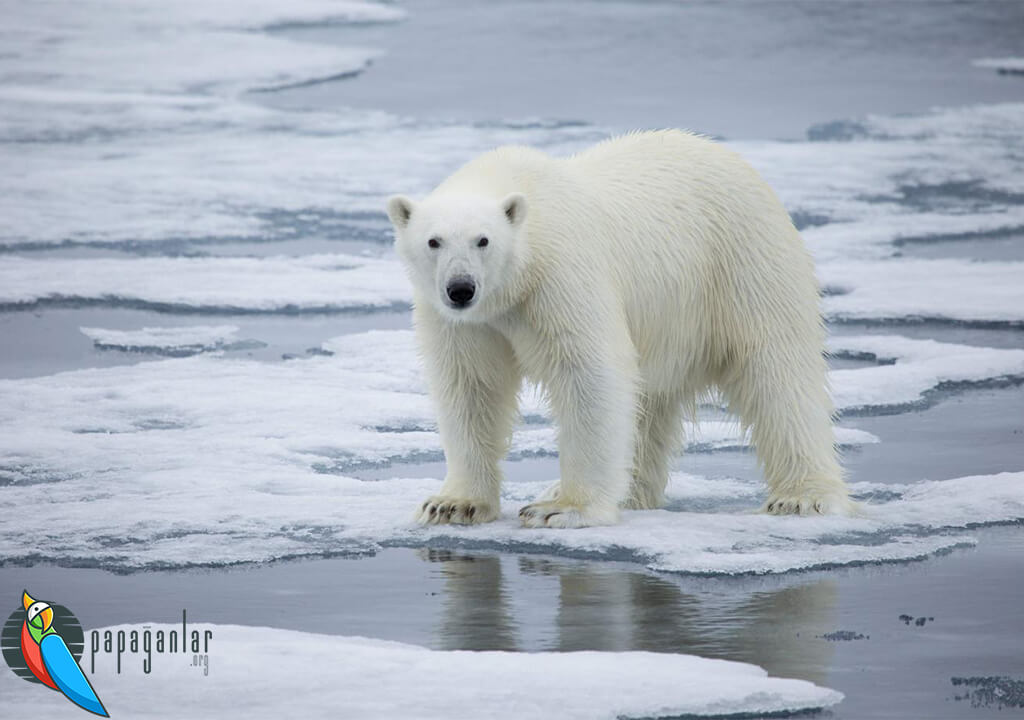
- Polar Bear
A bear species that lives on snowy beaches and glaciers in the colder regions of the Arctic. It is the largest terrestrial carnivore. She is the biggest killer around. Polar bears hunt freely both on land and in the sea, on ice and in water.
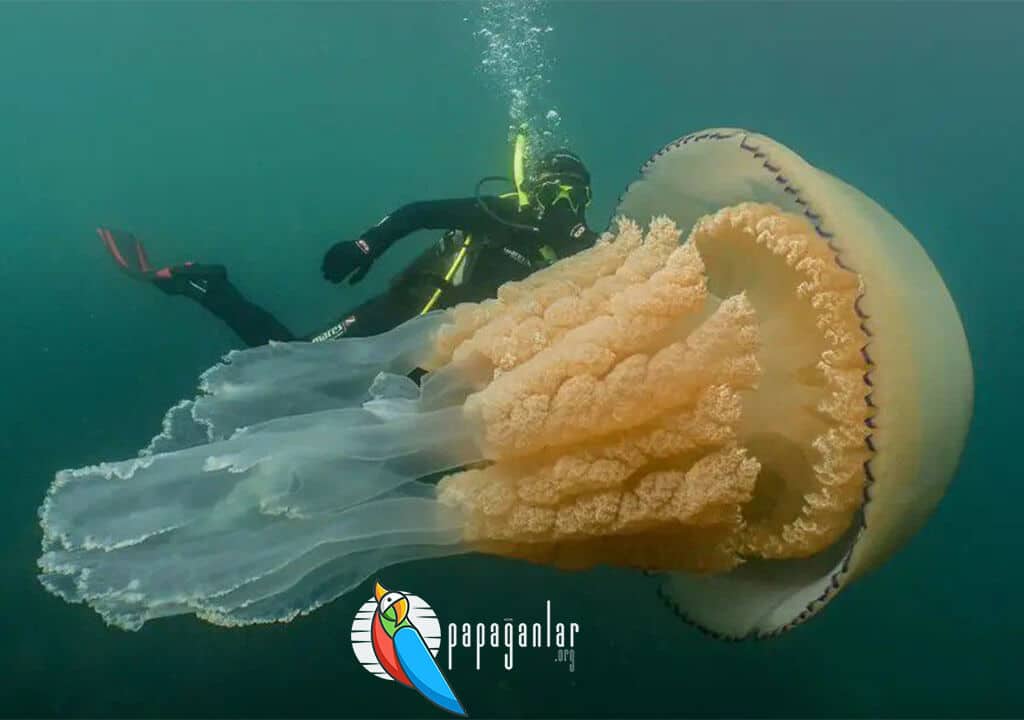
- arctic jellyfish
The polar jellyfish is the most venomous creature in the world. Its venom can kill a person within 90 minutes. The length of its tentacles is up to 3 meters. She lives in the Indo-Pacific. For these reasons, it would not be wrong to see the wildest animal.

- African Lion
Although not on the hunting list of humans, African Lions are known to seek humans to hunt. The basis of this claim is that 28 railway workers were killed by lions in 1898 in Kenya within 9 months.

- Whip Snake
This is a very venomous small whip snake. The species name snake means “tree snake” in Afrikaans and Dutch.
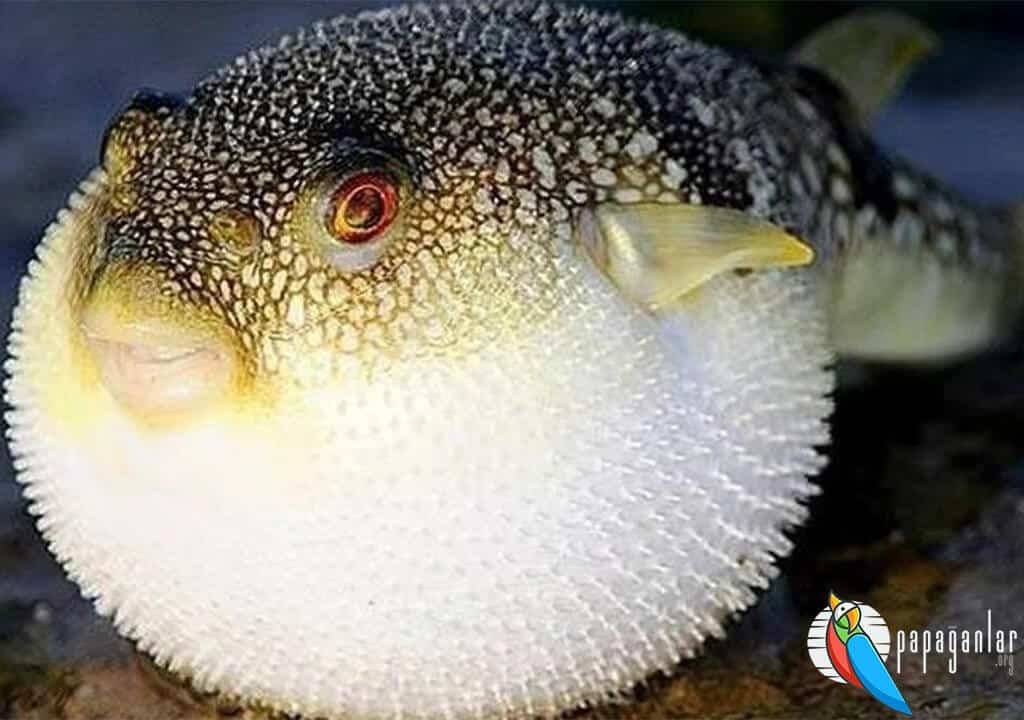
- Puffer fish
It is a deadly fish species that is commonly found in rocky and mossy areas in the Mediterranean, Aegean and Marmara seas and lives at the bottom of the water. They feed on small fish and small organisms. She is famous for smashing a tin with one bite. So it can shatter human bone.
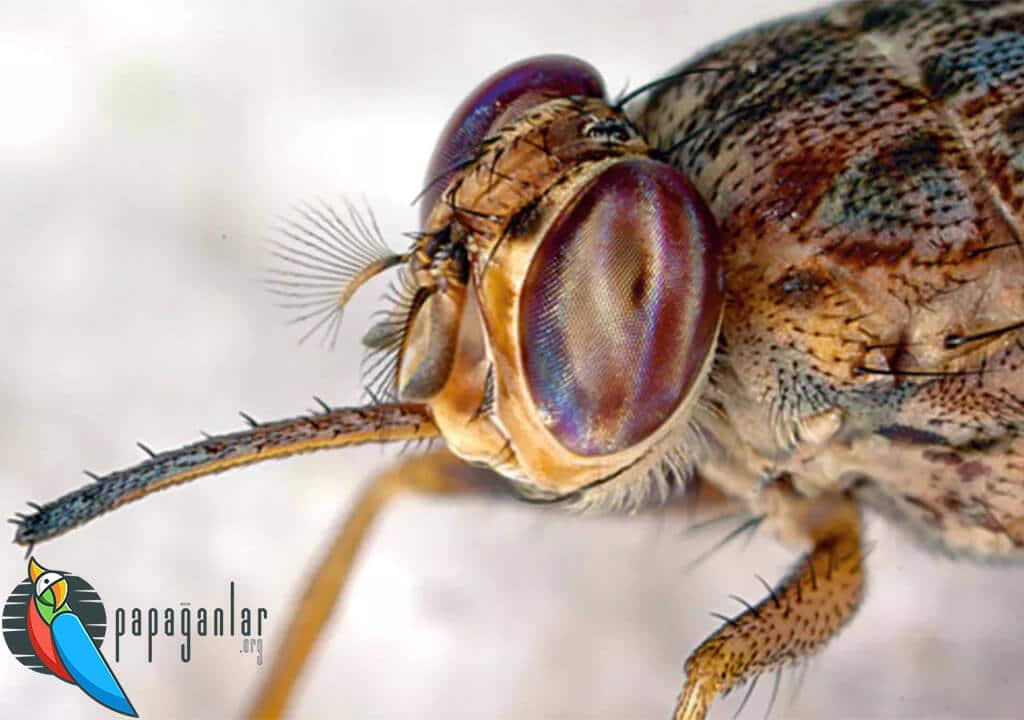
- Tsetse fly
The saw-tooth fly, which transmits sleeping sickness to humans, lives by riverbanks in Central and West Africa, particularly in Zaire. Sawtooth flies, ranging from 6 to 16 mm in length, are slightly larger than houseflies with sparse, stiff hairs. Its color has different shades of brown.
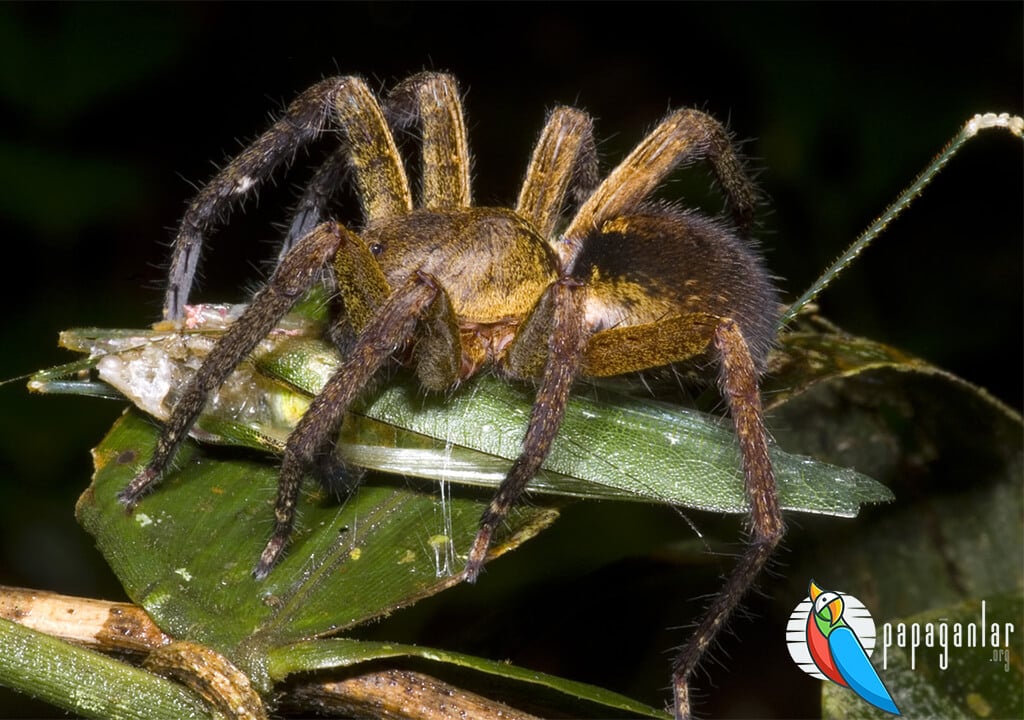
- Brazilian wandering spider
The Brazilian wandering spider is known as the most dangerous spider in the world. It is found in the forests of South America. It does not have a web like other spiders and can be seen on forest floors. 0.006 milligrams of spider venom is easy enough to kill a mouse.
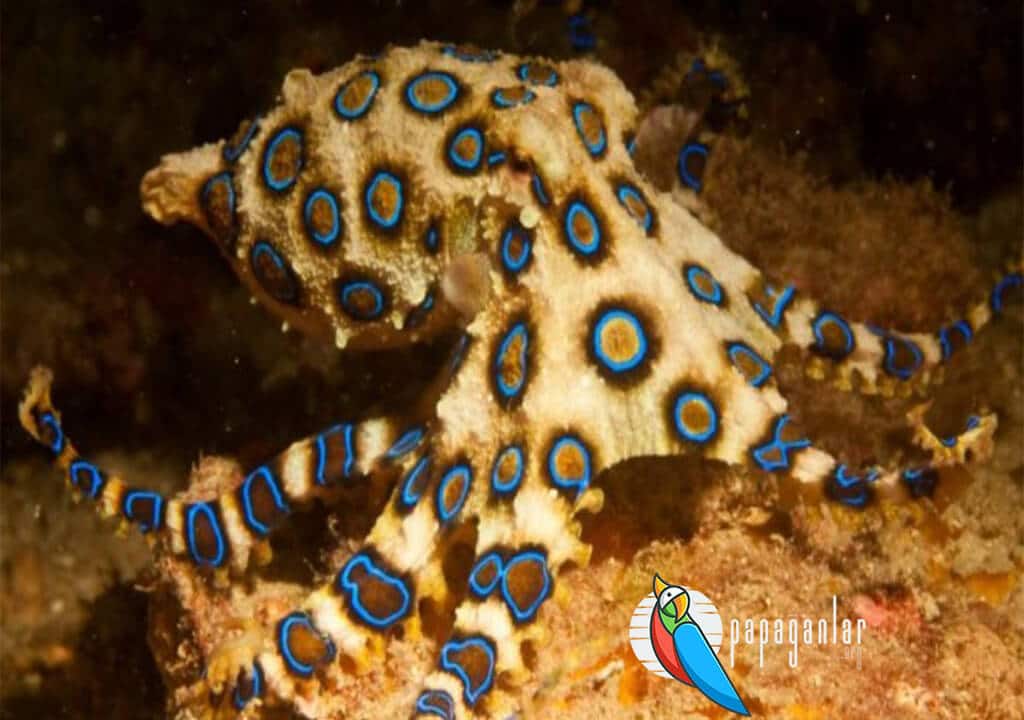
- Blue Ringed Octopus
This octopus species, which has tens of bright blue rings on its body, is about the size of a golf ball, but its venom is strong enough to kill 26 adults.
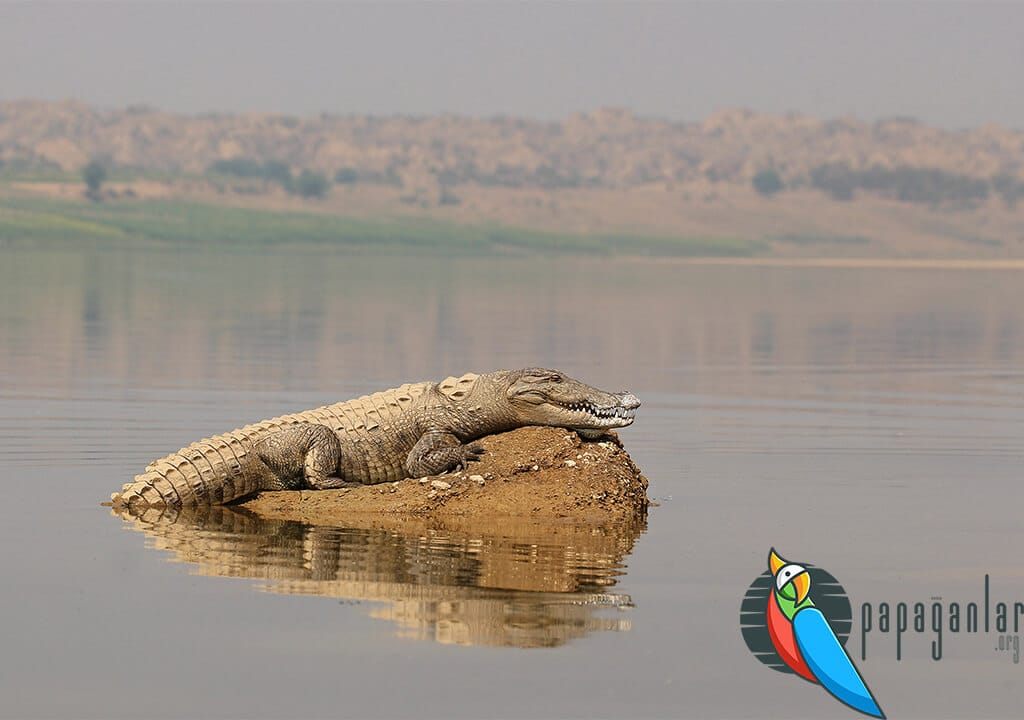
- Saltwater Crocodiles
Their length can vary from 4 to 5.1 m. Very old males can grow to 6 m and more. It hunts mainly in ambush. Saltwater crocodiles are a superior predator, and preying on many species, from insects to amphibians, from other reptiles to fish, is quite simple for these crocodiles.
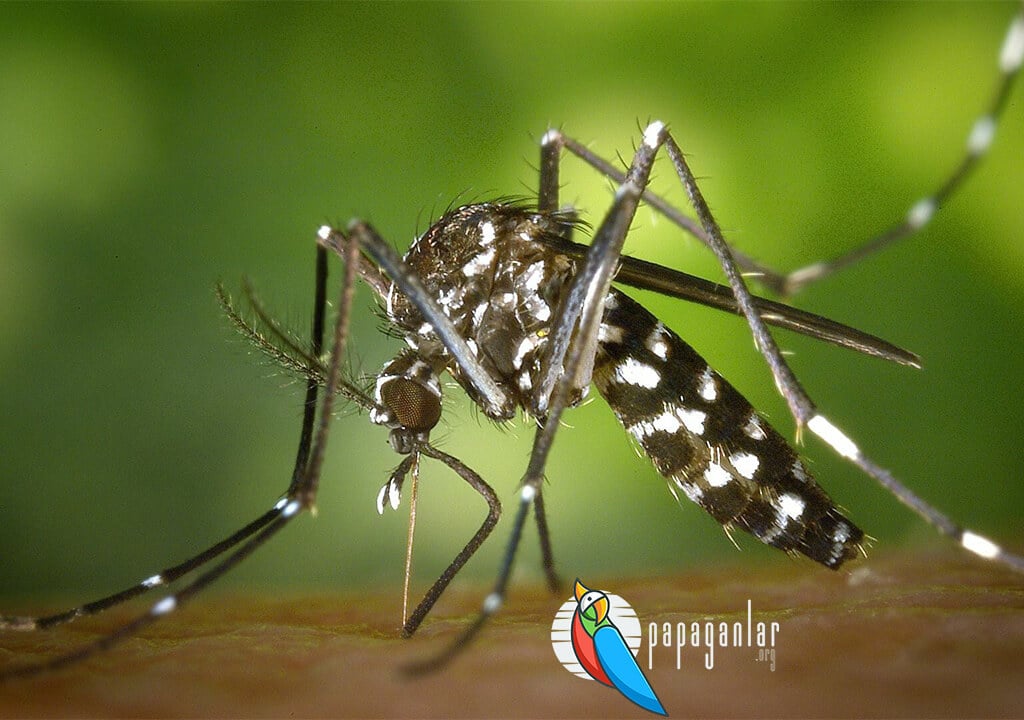
- Mosquito
This is the top of the list of the deadliest and most killing animals in the world. It is estimated that mosquitoes infect about 700 million people each year and cause 2-3 million deaths each year.
























